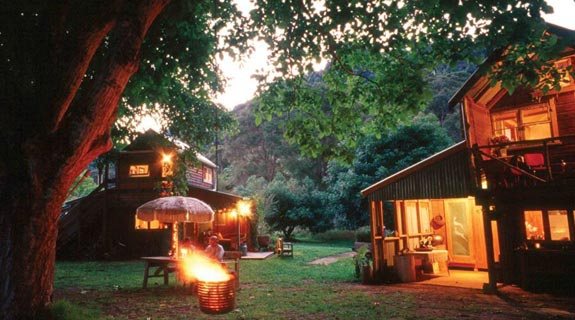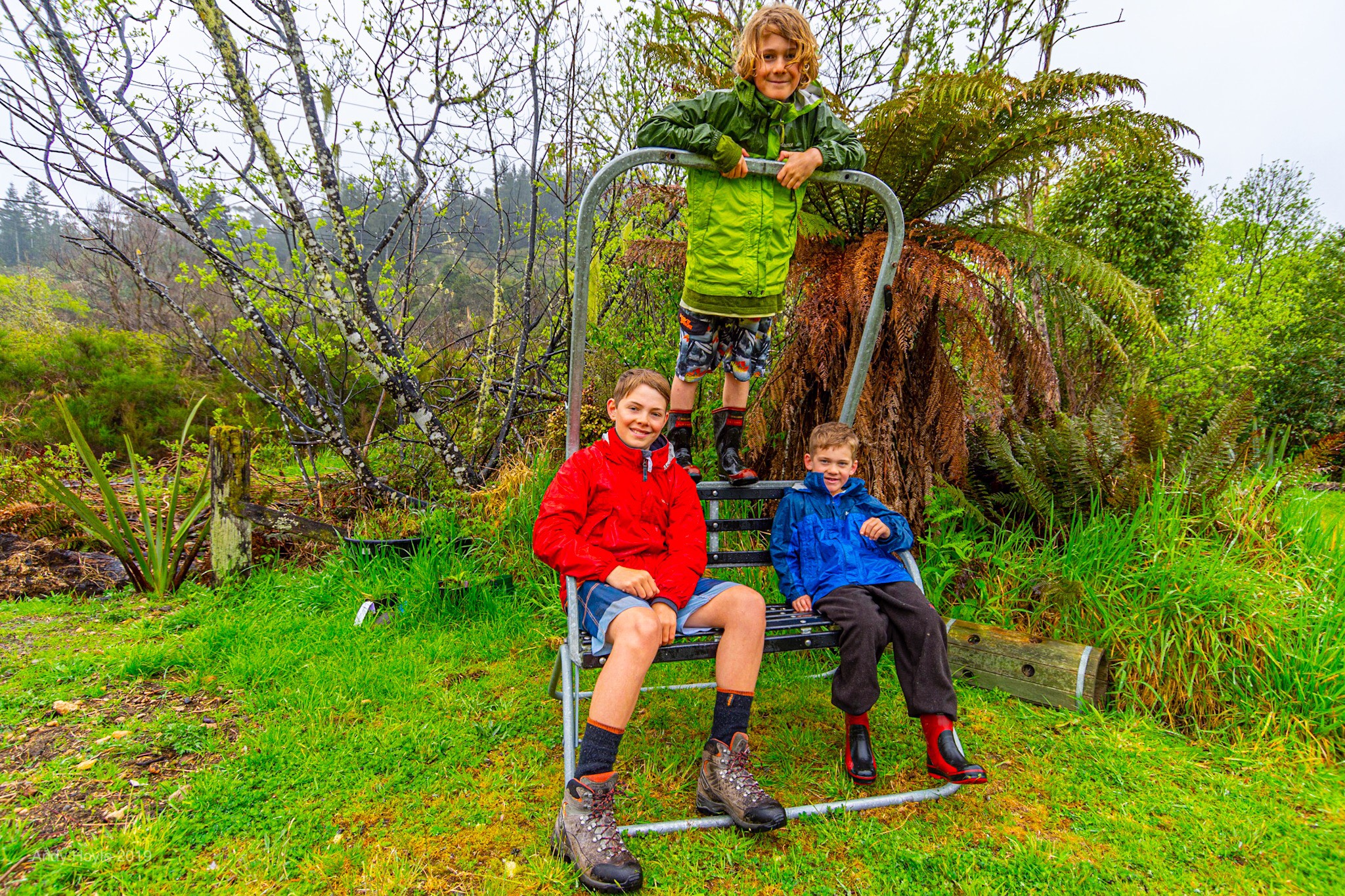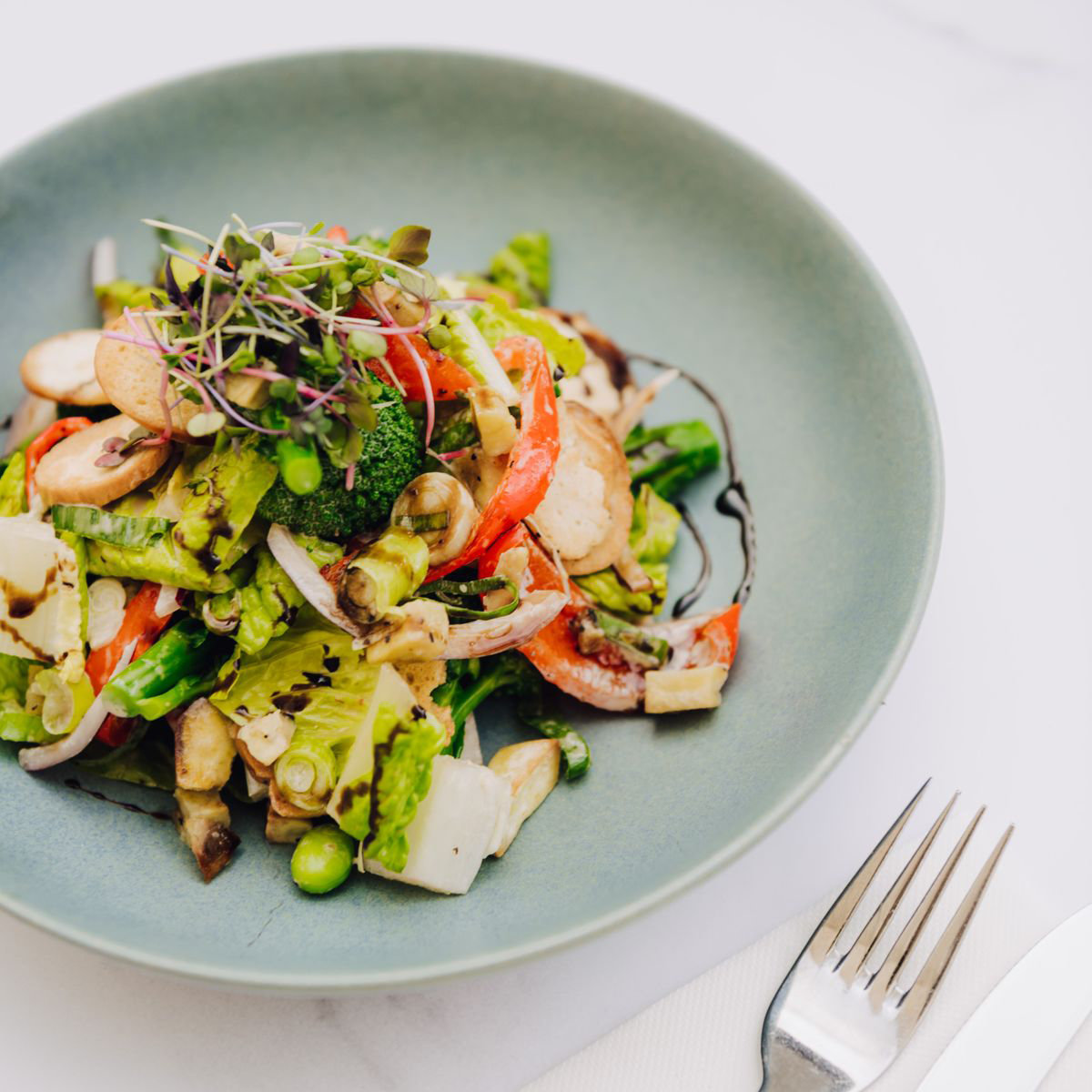Swing across the Whanganui River in a box to visit the Flying Fox
The quickest way to The Flying Fox cottages is in a box, suspended from a high wire, strung across the swollen Whanganui River. Francesca Price rides the flying fox to a place time forgot
One miserable London winter, The Observer published a travel guide to the best 50 places to escape to. One of them was in New Zealand. The Flying Fox was described as a home-built retreat halfway up the mystic Whanganui River, so remote the only access was by flying fox. To a homesick Kiwi it sounded like heaven. I would trudge the grey streets with two small children, constrained by their winter gear and pushchair straps, imagining a holiday in a place so wild and free that you actually had to swing across a river to get there.
Five years later, I am loading those same two children onto that very flying fox. And we’re about to go careering across a swelling river to a stranger on the other side. To be fair, the flying fox is more of an open cable car but I am having neurotic maternal visions of breaking cables and superhero manoeuvres. The kids, on the other hand, are beside themselves with excitement.
It’s pouring with rain but they’re having too much fun to notice. We diligently follow the directions left in a box on the roadside: “Turn on walkie talkie, blow the whistle and wait until someone appears.”
Moments later, a voice crackles down the radio and directs us to load up and call out when we’re ready. Then, with the press of a button, we’re away.
There is a gypsy caravan with its own outdoor bath, with water heated by a fire below. “You have to be careful not to burn your bum,” John warns us.
Holding tightly to each other we chug across the muddy river, suspended from a very thin, very high wire. On a fine day, you might see kayakers on the water below. Today, however, the only things making their way downstream are branches and trees uprooted by the storm the night before.
There is a moodiness about the Whanganui River that has inspired generations of New Zealand artists and storytellers. Just 20 minutes up the river is the small town of Jerusalem, where writer James K Baxter saw out his days and was buried on Maori tribal land. Forty-five minutes south is the city of Wanganui, home to the renowned Sarjeant Gallery and many of its former resident artists. This middle section of the river was where Vincent Ward filmed the River Queen  (a story in itself, so the locals will tell you), a tale of the gruelling and often violent Pakeha settlement of these parts. It’s a region steeped in history but clearly not one for the faint-hearted, I realise as the cable car lurches forward.
(a story in itself, so the locals will tell you), a tale of the gruelling and often violent Pakeha settlement of these parts. It’s a region steeped in history but clearly not one for the faint-hearted, I realise as the cable car lurches forward.
We arrive to be greeted by John Blythe who, along with his partner Annette Main, restored and built The Flying Fox—cottages, gardens, cable car and all. It was Annette who originally bought the place, but John turned up soon after and liked it so much he refused to leave. “I told her, ‘I hope you like me, because I’m staying’.”
Back in those days, the cable car was an old double-bed frame they loaded up with supplies and pulled themselves across on, hand over hand. A lot of the building materials, furniture and tools on the property arrived this way. There were wild parties back then, when guests would end up staying for days, mainly because they couldn’t get back across the river in their inebriated states.
Today, The Flying Fox is a stylish, eco-minded holiday location, rather than a hang-out for aging hippies. There are two self-contained cottages that John has built from reclaimed materials, each chock-a-block with junk shop relics. Old 50s transistor radios, antique crockery and a whole bookcase of Atomic coffee pots line the walls. The 1,200 bricks that make up the floor in our cottage were pulled out of an old building in Wanganui, while the walls of the cottage next door are plastered with volcanic pumice dug from the riverbank.
The property is certified organic and there are fruit trees groaning with produce. A grey water recycling system and composting toilets keep the guests’ impact on the surrounding environment to a minimum. To my delight, our cottage has a wood burner already lit and a bench laden with home-made muesli, still-warm bread and excellent wine. The kids have had their fun, now it’s our turn.
The next day, everything is dried out sufficiently to have a wander around. As well as the cottages, there is a gypsy caravan with its own outdoor bath, with water heated by a fire below. “You have to be careful not to burn your bum,” John warns us.
There is nowhere to go, but no need to either. Everything you need is here: games, books, even Annette’s home-cooked meals if you want a real holiday. Of course, it wasn’t always like that.
We take a short walk through the bush to an abandoned pioneer cottage that once acted as a telegraph office for the area. As with many settlers who ventured this far, the lack of resources and company proved too much for this family and they returned to the city. Their attempts to carve out a garden are still evident 70 years later in a clump of hydrangeas and an old lemon tree.
We return to pack up. Secretly, I’m hoping for another storm that will make the journey across the river too risky, so we’ll have to hunker down for a few days—or at least until the wine runs out. Annette tells me she once spent four days trying to feed a party of 12 German tourists when the swollen river was too high to cross.
The storm fails to return, but my five-year fantasy has been more than fulfilled. There is a wildness about this part of the country—it’s in the landscape and the people who settle here. In a time of cheap imports and kitset furniture,The Flying Fox is a reminder of what New Zealand used to be.







